Last Chance to Catch NYC's Holiday Notalgia Train
We met the voices of the NYC subway on our nostalgia ride this weekend!


On January 20th, the Hannah Traore Gallery made its debut on the Lower East Side at 15o Orchard Street. For Traore, art has always been an indelible connection to her family. From a young age, Traore was surrounded by the arts — her home is filled with pieces of traditional West African beading and woodwork collected by her mother to be sold in their hometown of Toronto. Stemming from her parent’s artistic endeavors, Traore participated extensively in the arts growing up, producing darkroom photography by the fourth grade, attending art camp with her siblings, and creating weekend arts and crafts projects in her family’s tile art room.
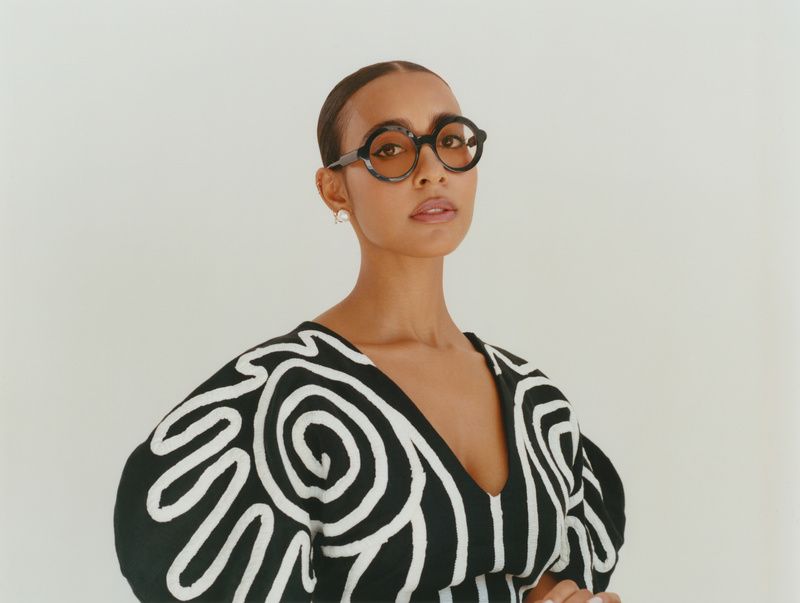
Over the years, Traore’s artistic interests became heavily influenced by her West African heritage. Although she grew up far from the African continent, her father’s Malian roots permeated throughout the household, with her paternal uncles and cousins living in the family’s Canadian basement. Traore remained encircled within Malian culture, from the Malian television shows on repeat in the background to family dinners eaten by hand. On visits to Mali, her family often returned, and still do to this day, with suitcases full of fabric — a connection to the elegant clothing her aunts and grandmother wear daily, even while completing the most mundane of activities.
Traore continued to explore her Malian heritage through her artwork at Skidmore College, curating an exhibition for her senior honors art thesis on Black and African artists whose work conceptually or aesthetically drew inspiration from the portraiture of photographer Malick Sidibé. Entitled “African Pop Studio,” the exhibition featured works by artists such as Hassan Hajjaj, Kehinde Wiley, and Mickalene Thomas — serving as a medium to share pieces from individuals whose background reflected her own West African upbringing.
After completing an internship with MoMA’s Black Arts Council and being laid off from Fotografiska during the pandemic, Traore returned to curating and began designing her own proper gallery focused on selling work by artists of color. As a space committed to advocating for and celebrating artists who have historically been marginalized from mainstream narratives, the Hannah Traore Gallery seeks to broaden current notions surrounding what is and is not deemed appropriate artwork for a gallery setting.
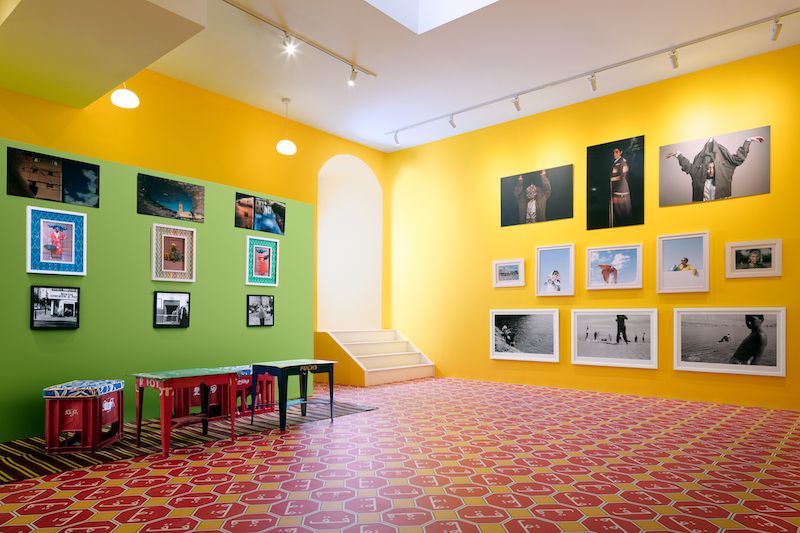
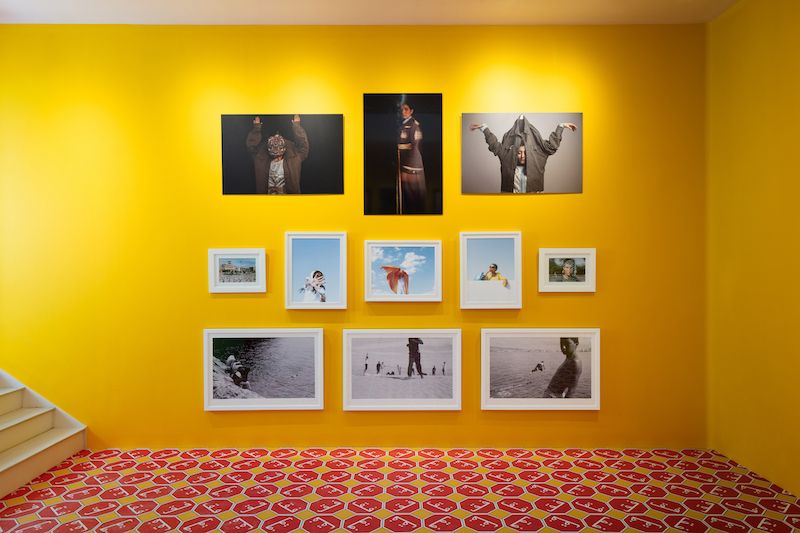
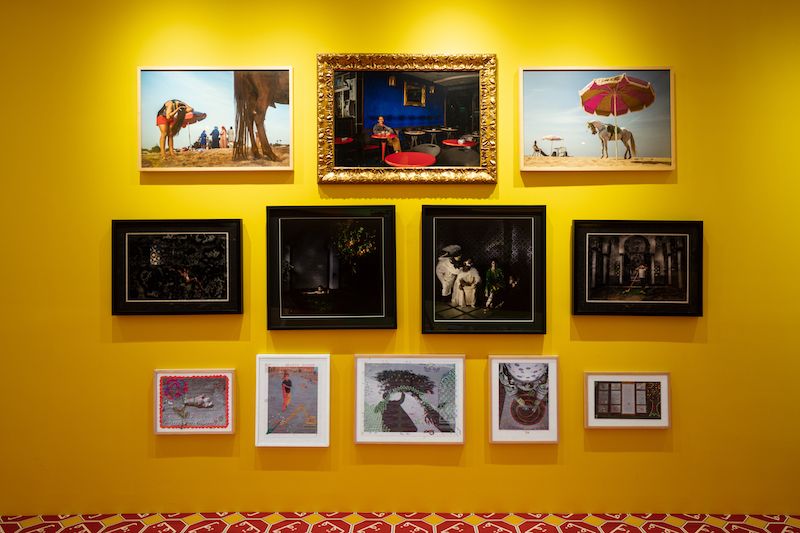
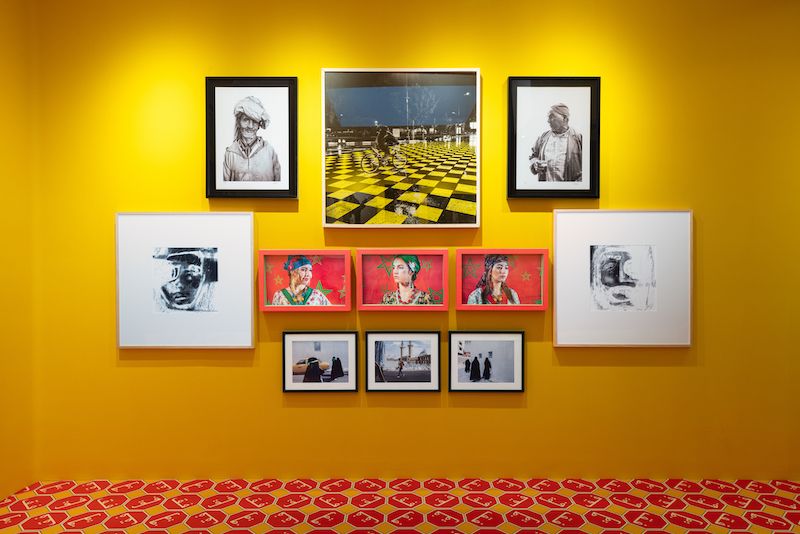
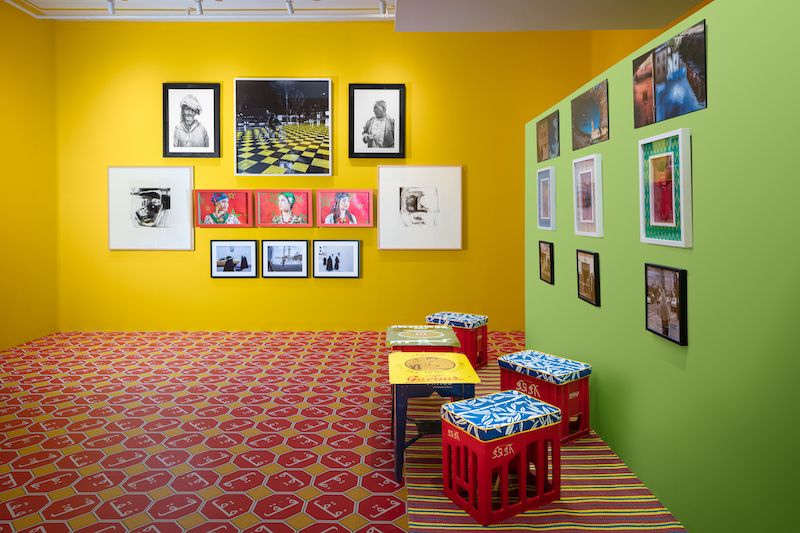
With her gallery, Traore aspires to give underrepresented artists another platform to express themselves. “I think that is really important because I am in an underrepresented group,” she told Untapped New York. “Most of the time when underrepresented artists work with galleries they are working with a white man, and though that is fine, there is a different dynamic and understanding when the gallerist is also in an underrepresented group.”
With just two display rooms, the Hannah Traore Gallery provides an intimate setting for visitors to explore. While creating the design for the gallery, Traore specifically chose to dedicate one of its two rooms solely for displaying long-term installations — allowing for the work of artists whose pieces are costly to ship and more conducive to being viewed multiple times. In addition, Traore’s gallery distinguishes itself from more traditional gallery spaces across the city through its focus on fashion collaborations and educational programming.
As Traore noted: “I’m hoping to be a breath of fresh air and give the gallery world a little twist. Not necessarily fighting against anything that is already going on, but kind of doing my own thing. Everything is very me and so I’m excited to bring that to the city and I hope people get excited by it.”
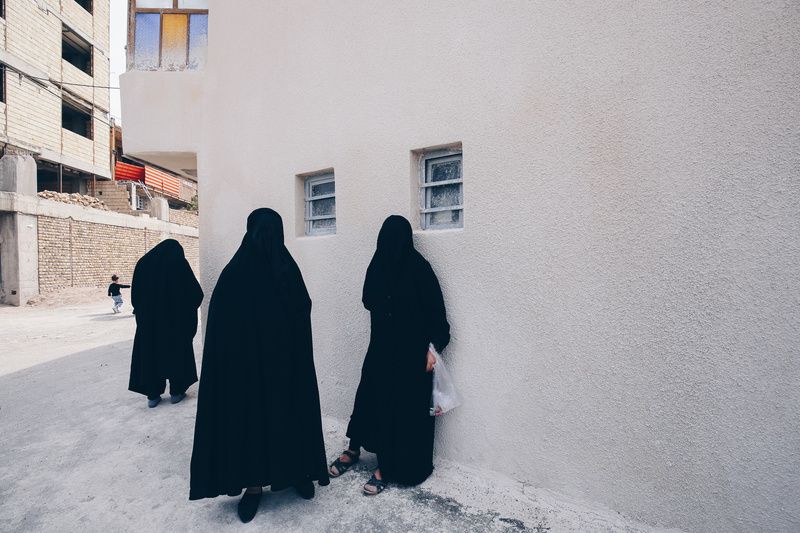
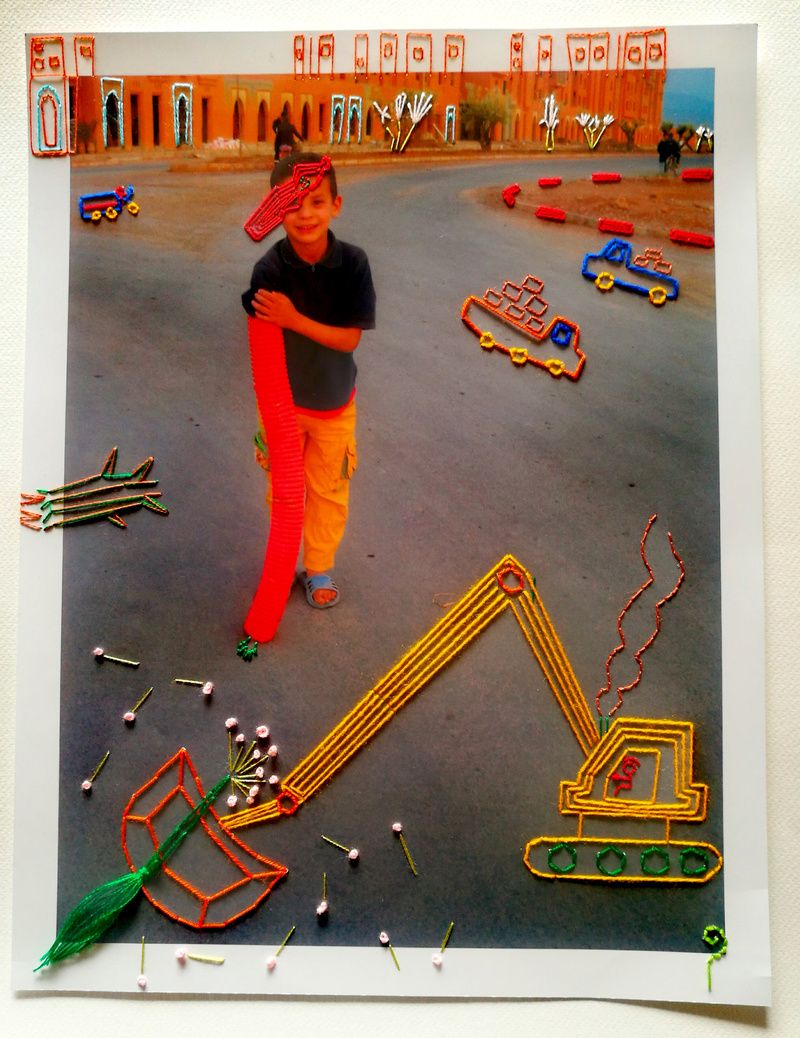
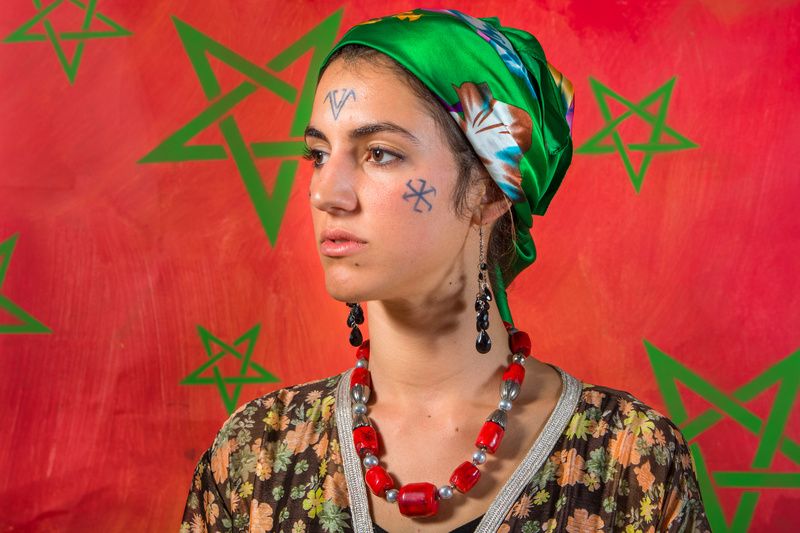
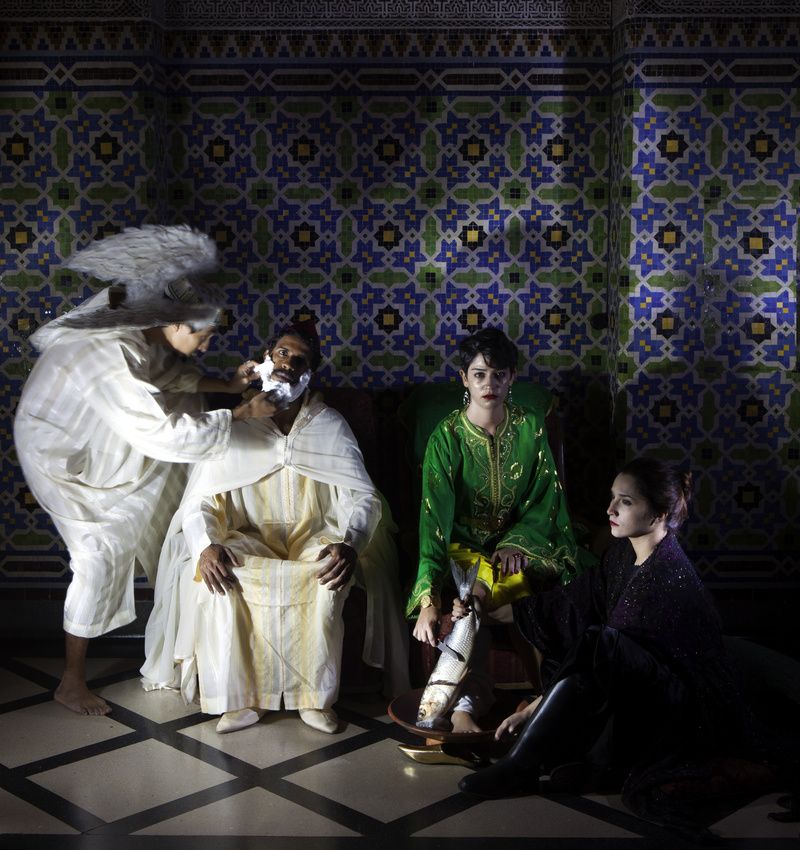
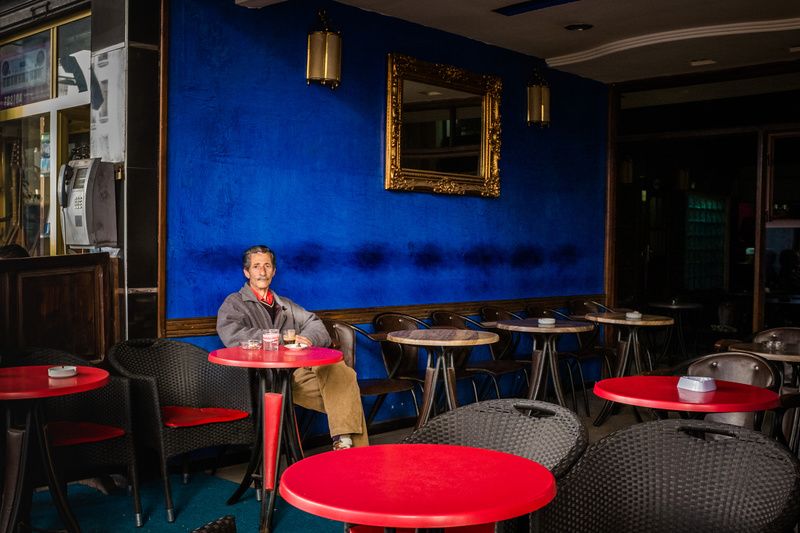
For its opening, the Hannah Traore Gallery features two distinct exhibitions, with the first being Mi Casa Su Casa. Curated by Hajjaj and Meriem Yin, the exhibition juxtaposes the artwork of Hajjaj along with 14 other Moroccan artists whose pieces touch on themes of identity and home. Located inside the gallery’s dedicated installation room, Mi Casa Su Casa is heightened by the space’s bright yellow walls — transporting onlookers to the streets of Marrakesh. In addition, the exhibition’s artist-designed seating arrangement creates the perfect environment for visitors to fully immerse themselves. Mi Casa Su Casa will remain on display until April 16, 2022
“The ethos of my gallery [is] bringing people up and giving a platform to people who normally don’t have one. Hassan is a big name, so by curating this show and having other artists next to his work, he is only helping them and I think that is beautiful. It was [also] this beautiful circle of life situation because [Hassan] was the biggest [artistic] influence on the first-ever show I curated and now he’s in my first ever gallery as the first installation.”
The gallery’s second exhibition, Hues, focuses on the formal poetics of color to aid viewers in imagining a reality beyond the burden of representation, which often reduces works by artists of color to their capacity to speak on issues of identity and race. To do so, the installation prompts its viewers to consider how they can find meaning through color, rather than centering solely on the artist’s own identities and personal struggles.
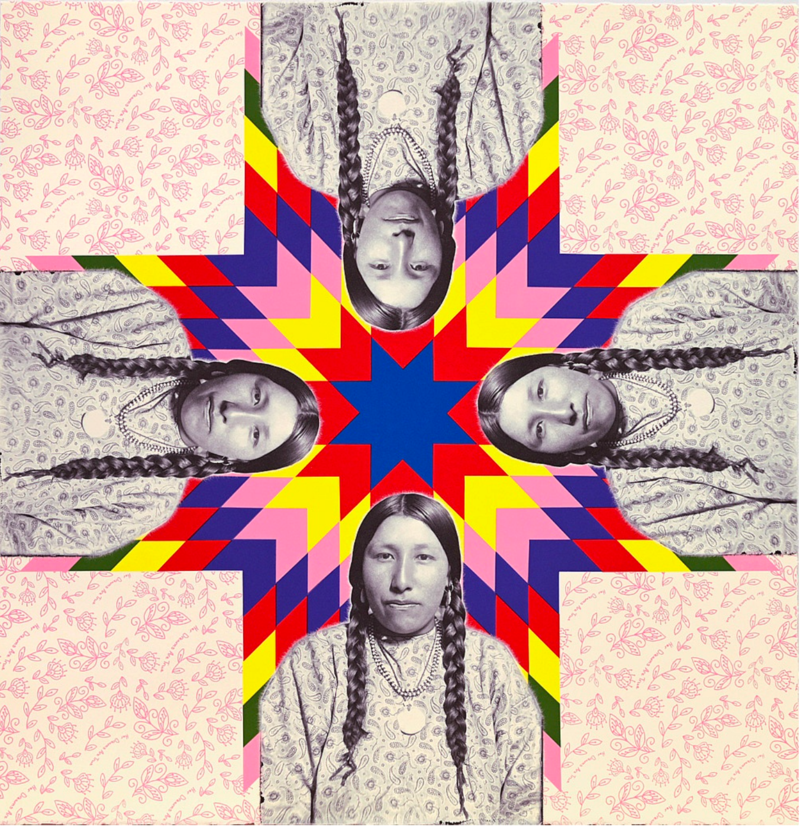
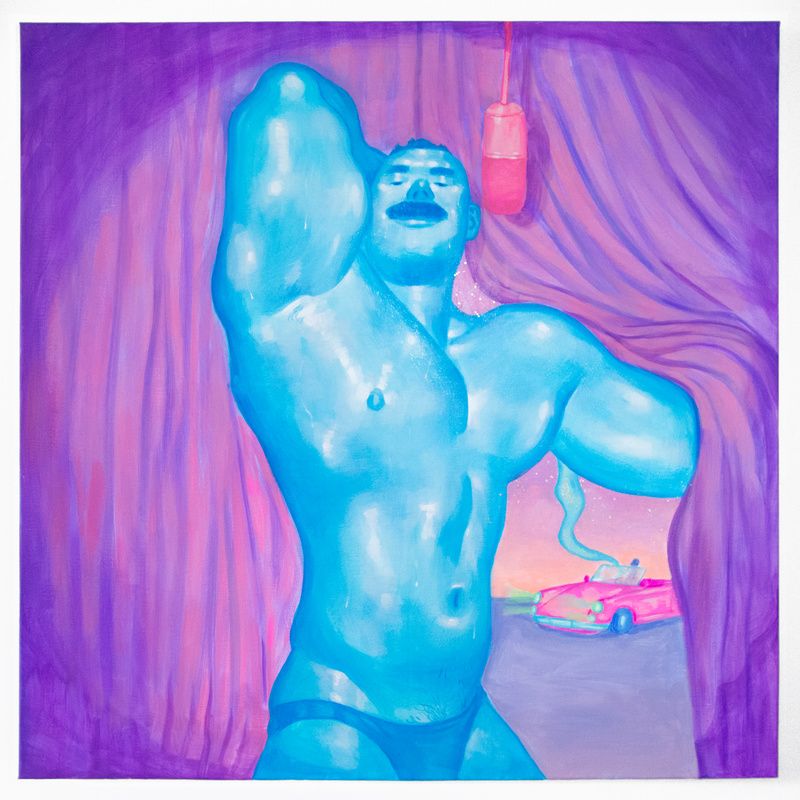
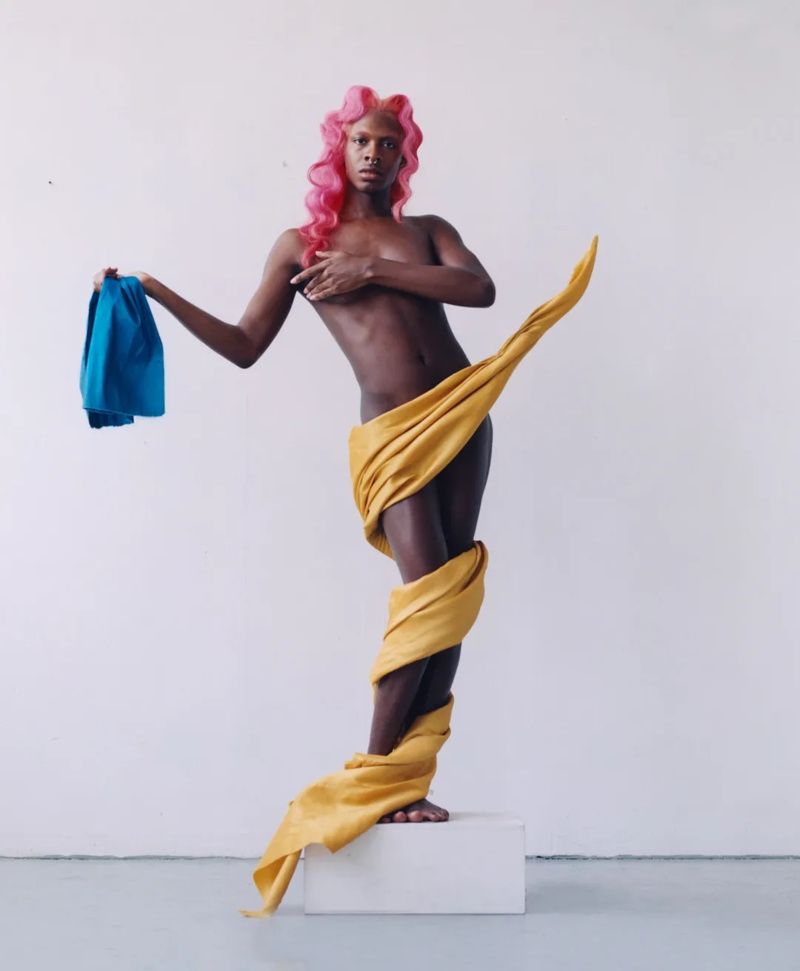
The 13 artists featured in Hues are Pakistani, Vietnamese, Colombian-Mexican-Spanish, and Native American, among other ethnicities. Though Wendy Red Star’s pieces are not for sale, Traore felt it was pertinent to include them in the exhibition given that Indigenous voices are often lost and excluded in conversations surrounding artists of color and people of color in general. Ultimately, Hues aims to push the boundaries of how works by artists of color are interpreted and engaged with — providing a space free from the normal constraints of society. Hues will run through February 26, 2022.
“Artists of color are generally expected many times to talk about their identities in their work. They aren’t allowed to just make what they want. I love work about identity, but I also love work that has nothing to do with identity and for me, it’s all about [having a] choice,” Traore said. “Artists shouldn’t feel like they have to make something so that it sells or so that the art world will pay attention to them. In the show, there are artists who deal with identity and artists who don’t and I love that. I think that using color as a through-line allows for their work to all exist together and to be seen for its formal qualities.”
On March 3rd at 5:30 p.m., join Traore for a tour of her namesake gallery. You’ll discover how her West African heritage heavily influenced her artistic interests, hear how the gallery distinguishes itself from more traditional gallery spaces across the city through its focus on fashion collaborations and educational programming, and get a personal walk-thru of the gallery’s inaugural exhibits, Hues and Mi Casa Su Casa. This event is free for Untapped New York Insiders. If you’re not a member yet, join now (and get your first month free with the code JOINUS).
Next, check out Glowing Tunnel “Passage” On Display In NYC’s Garment District!
Subscribe to our newsletter